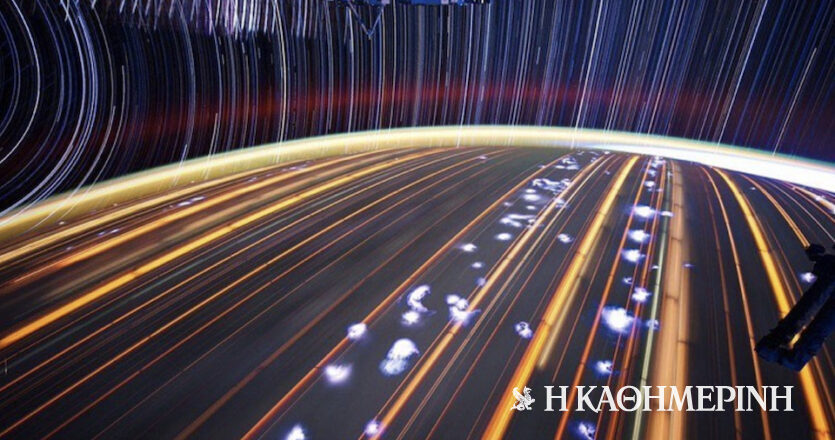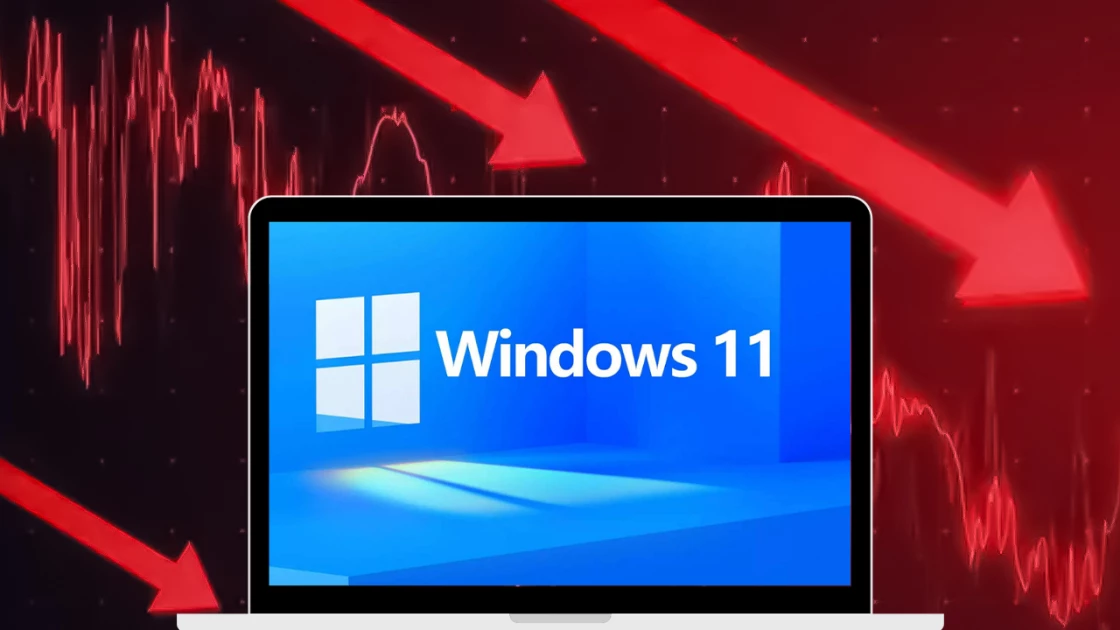
Four hundred kilometers above Earth’s surface, the International Space Station (ISS) travels at an average speed of 27,750 km/h, completing 15.7 orbits per day, giving astronauts the opportunity to photograph the planet from a unique perspective.
However, the high speed of the International Space Station means that cities and terrain “go” at an incredible pace, so any image of surface detail requires special settings. But the same step makes it possible to take pictures like the one above, which NASA posted on its official Instagram account. The image is a composite of several images taken by NASA astronaut Don Pettit in 2012 over a period of 25 minutes, with successive snapshots every thirty seconds.
Long exposure shots captured the chain of lightning, which were photographed as separate flashes. “Here you can see the history of the electrical storm, city lights passing through the Earth and star trails,” NASA explains.
The stellar “tracks” form straight lines in the direction of the station’s orbit, but are circular arcs to the left and right of the ISS’ orbit. The edge of the atmosphere appears yellow because of the approaching sunrise. Above this region, a reddish light from the interaction of solar radiation with oxygen atoms in the atmosphere can be seen.
During his stay on the International Space Station, Don Pettit took countless photos and posted them on his personal Instagram account.
// NEW SECOND ANALYTICS setTimeout(function () { (function (d, s, id) { var js, fjs = d.getElementsByTagName(s)[0]; if (d.getElementById(id)) return; js = d.createElement(s); js.id = id; js.async = true; js.src = "https://www.googletagmanager.com/gtag/js?id=UA-112314455-3"; fjs.parentNode.insertBefore(js, fjs); }(document, 'script', 'ga-2'));
window.dataLayer = window.dataLayer || [];
function gtag() { dataLayer.push(arguments); }
gtag('js', new Date()); gtag('config', 'UA-112314455-3');
}, 0) }; document.addEventListener("scroll", NXQuantFuncGTAG);
var NXFbPixel = function () { document.removeEventListener("scroll", NXFbPixel); setTimeout(function () { !function (f, b, e, v, n, t, s) { if (f.fbq) return; n = f.fbq = function () { n.callMethod ? n.callMethod.apply(n, arguments) : n.queue.push(arguments) }; if (!f._fbq) f._fbq = n; n.push = n; n.loaded = !0; n.version = '2.0'; n.queue = []; t = b.createElement(e); t.async = !0; t.src = v; s = b.getElementsByTagName(e)[0]; s.parentNode.insertBefore(t, s) }(window, document, 'script', 'https://connect.facebook.net/en_US/fbevents.js'); fbq('init', '109138906120213'); fbq('track', 'PageView'); }, 0) } document.addEventListener("scroll", NXFbPixel);
var NXTagManager = function () { document.removeEventListener("scroll", NXTagManager); setTimeout(function () { (function(w, d, s, l, i) { w[l] = w[l] || []; w[l].push({ 'gtm.start': new Date().getTime(), event: 'gtm.js' }); var f = d.getElementsByTagName(s)[0], j = d.createElement(s), dl = l != 'dataLayer' ? '&l=" + l : "'; j.async = true; j.src="https://www.googletagmanager.com/gtm.js?id=" + i + dl; f.parentNode.insertBefore(j, f); })(window, document, 'script', 'dataLayer', 'GTM-WWR8QSQ'); }, 0) } document.addEventListener("scroll", NXTagManager);

“Total alcohol fanatic. Coffee junkie. Amateur twitter evangelist. Wannabe zombie enthusiast.”





More Stories
It even predicts an asteroid impact on Earth
Rumor: We learned how much TeraFLOPS power the Nintendo Switch 2 will have!
When will humans disappear from Earth? The world's first supercomputer simulation provides the answer